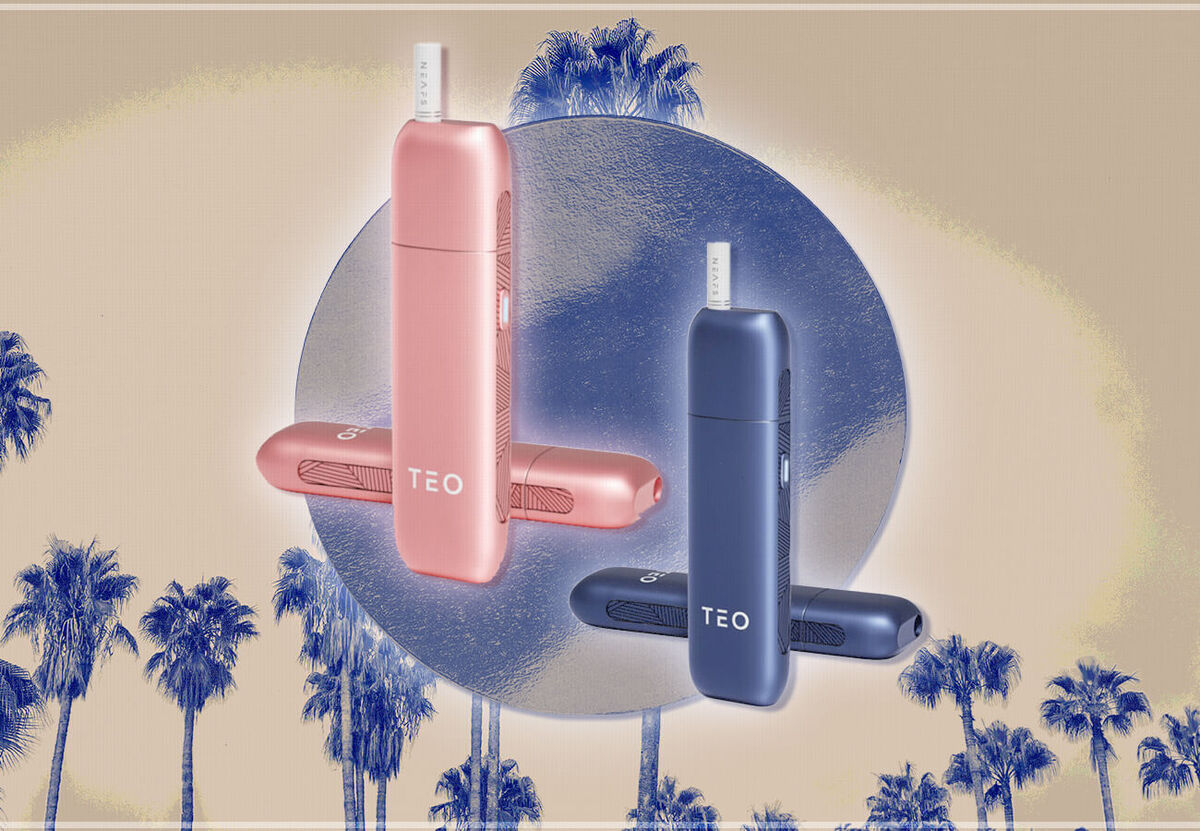
Beyond Cigarettes: Diving into Non-Tobacco Smoking Stick Alternatives
Take a look at safer alternatives to tobacco smoking sticks.
In recent years, a paradigm shift has been witnessed in the world of smoking. With growing awareness of the health risks associated with traditional tobacco cigarettes, individuals are seeking out alternatives that offer a potentially safer way to satisfy their nicotine cravings. From electronic cigarettes to herbal smoking sticks, the landscape of smoking is evolving rapidly. In this article, we delve deep into the realm of non-tobacco smoking stick alternatives, exploring their mechanisms, health implications, market trends, and future prospects.
Understanding the Current Landscape of Smoking

The prevalence of smoking, particularly tobacco cigarettes, has long been a global concern due to its well-documented health hazards. According to the World Health Organization (WHO), tobacco kills more than 8 million people annually, with around 7 million of those deaths attributed to direct tobacco use and approximately 1.2 million to non-smokers exposed to secondhand smoke. Such staggering figures have propelled the search for safer alternatives.
This search has given rise to a multitude of non-tobacco smoking stick alternatives, driven by innovations in technology and changing consumer preferences. These alternatives offer smokers the opportunity to indulge their habit without inhaling the harmful toxins associated with burning tobacco.
Exploring Non-Tobacco Smoking Stick Alternatives
Electronic Cigarettes (E-cigarettes)

E-cigarettes, also known as vape pens or electronic nicotine delivery systems (ENDS), have gained significant popularity in recent years. These devices work by heating a liquid solution containing nicotine, flavorings, and other chemicals to create an aerosol, which the user then inhales. Proponents argue that e-cigarettes offer a less harmful alternative to traditional cigarettes, as they eliminate the combustion process that produces harmful tar and carbon monoxide.
However, the long-term health effects of e-cigarette use are still under scrutiny. While they may pose fewer risks than traditional cigarettes, concerns remain regarding the potential for addiction, cardiovascular health effects, and the inhalation of harmful chemicals present in e-cigarette aerosols.
Heat-Not-Burn Tobacco Products
Heat-not-burn tobacco products, such as heated non-tobacco sticks and Glo, represent another alternative to traditional cigarettes. These devices work by heating tobacco at lower temperatures than combustion, producing a vapor that is inhaled by the user. Advocates of heat-not-burn technology claim that it reduces exposure to harmful toxins found in cigarette smoke while still delivering nicotine satisfaction.
Studies comparing the health effects of heat-not-burn products to traditional cigarettes have yielded mixed results. While some research suggests that they may be less harmful, particularly in terms of respiratory health, others highlight concerns about the potential for increased cardiovascular risks and exposure to harmful chemicals.
Herbal Smoking Sticks

Herbal smoking sticks offer a nicotine-free alternative to traditional and electronic cigarettes. These sticks are typically made from a blend of dried herbs and botanicals, such as marshmallow leaf, mullein, and passionflower, which are rolled into a stick-like shape and smoked like a cigarette. Herbal smoking sticks appeal to individuals looking to break free from nicotine addiction or seeking a natural smoking experience.
While herbal smoking sticks do not contain tobacco or nicotine, their safety profile is not without controversy. Some experts raise concerns about the potential health risks associated with inhaling herbal smoke, particularly in individuals with pre-existing respiratory conditions. Additionally, the lack of regulation and standardization in the herbal smoking industry raises questions about product consistency and quality control.
Comparative Analysis: Non-Tobacco vs. Traditional Cigarettes
The health implications of smoking, whether traditional cigarettes or non-tobacco alternatives are profound. Conventional cigarettes are known to increase the risk of various diseases, including lung cancer, heart disease, and respiratory disorders. While non-tobacco options may offer a reduction in some of these risks, they are not without their own health concerns.
Beyond individual health effects, smoking also has broader social and environmental impacts. Secondhand smoke exposure remains a significant concern, particularly in public spaces and indoor environments. Additionally, the disposal of cigarette butts contributes to environmental pollution, with an estimated 4.5 trillion cigarette butts littered globally each year.
Despite the ongoing debate surrounding the safety and efficacy of non-tobacco smoking stick alternatives, consumer interest in these products continues to grow. Market research indicates that a significant portion of smokers are open to trying alternative products, driven by concerns about their health and well-being.
Challenges and Future Directions

As the popularity of non-tobacco smoking stick alternatives continues to rise, so too do regulatory challenges and public health concerns. Government agencies around the world are grappling with how best to regulate these products to ensure consumer safety while minimizing potential harm. Additionally, ongoing research is needed to better understand the long-term health effects of these alternatives and to inform evidence-based public health policies.
Conclusion
In conclusion, the landscape of smoking is evolving rapidly, with non-tobacco alternatives offering new avenues for individuals looking to reduce their exposure to harmful toxins. While these alternatives hold promise for improving public health, they also raise complex challenges that must be addressed through continued research, regulation, and public education efforts. As we move forward, it is essential to strike a balance between promoting harm reduction and protecting public health.













